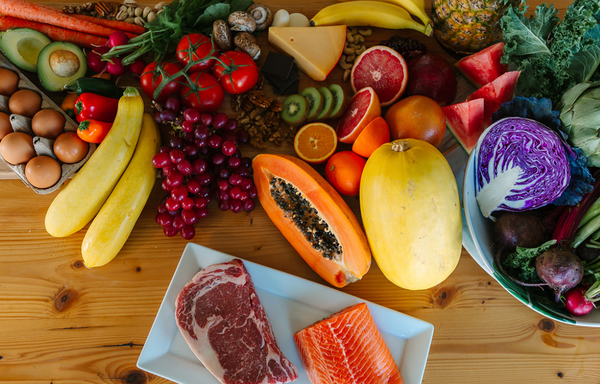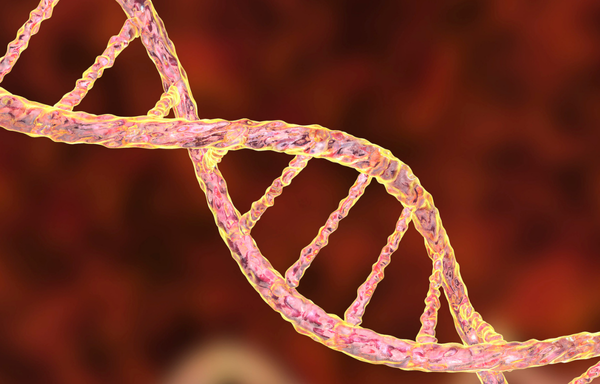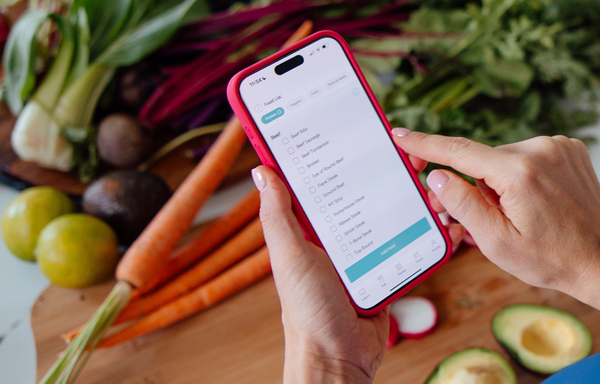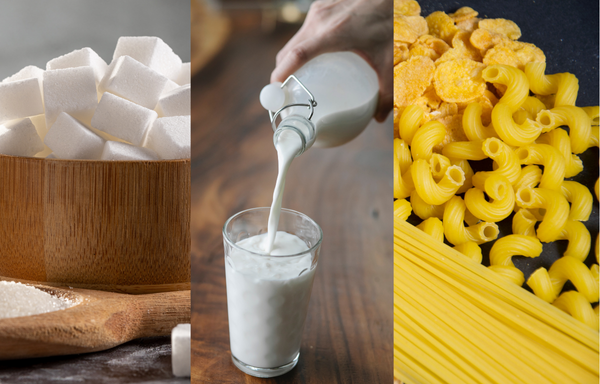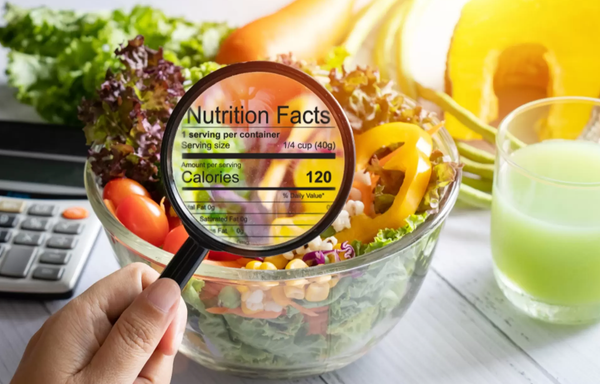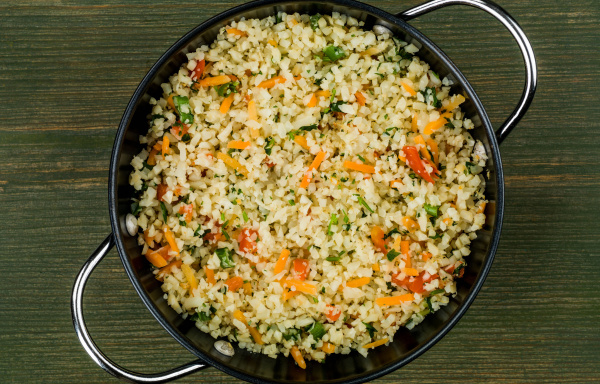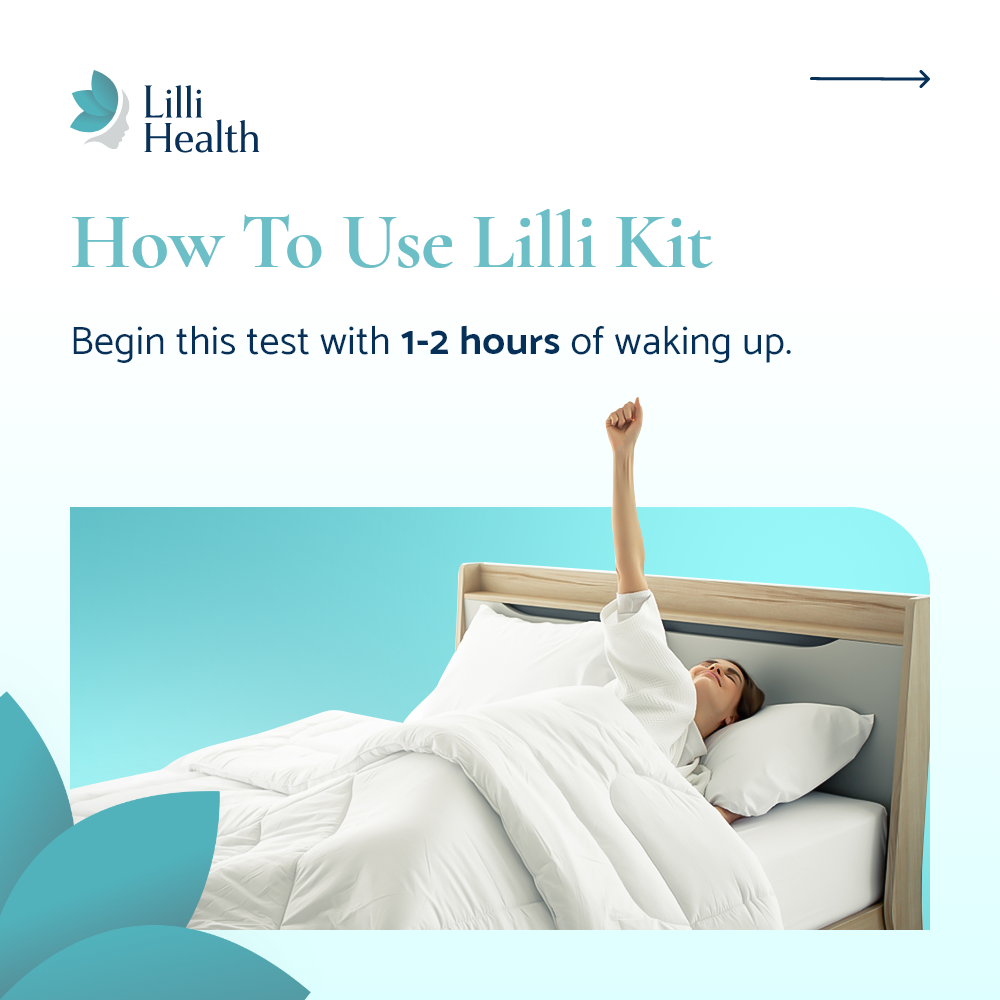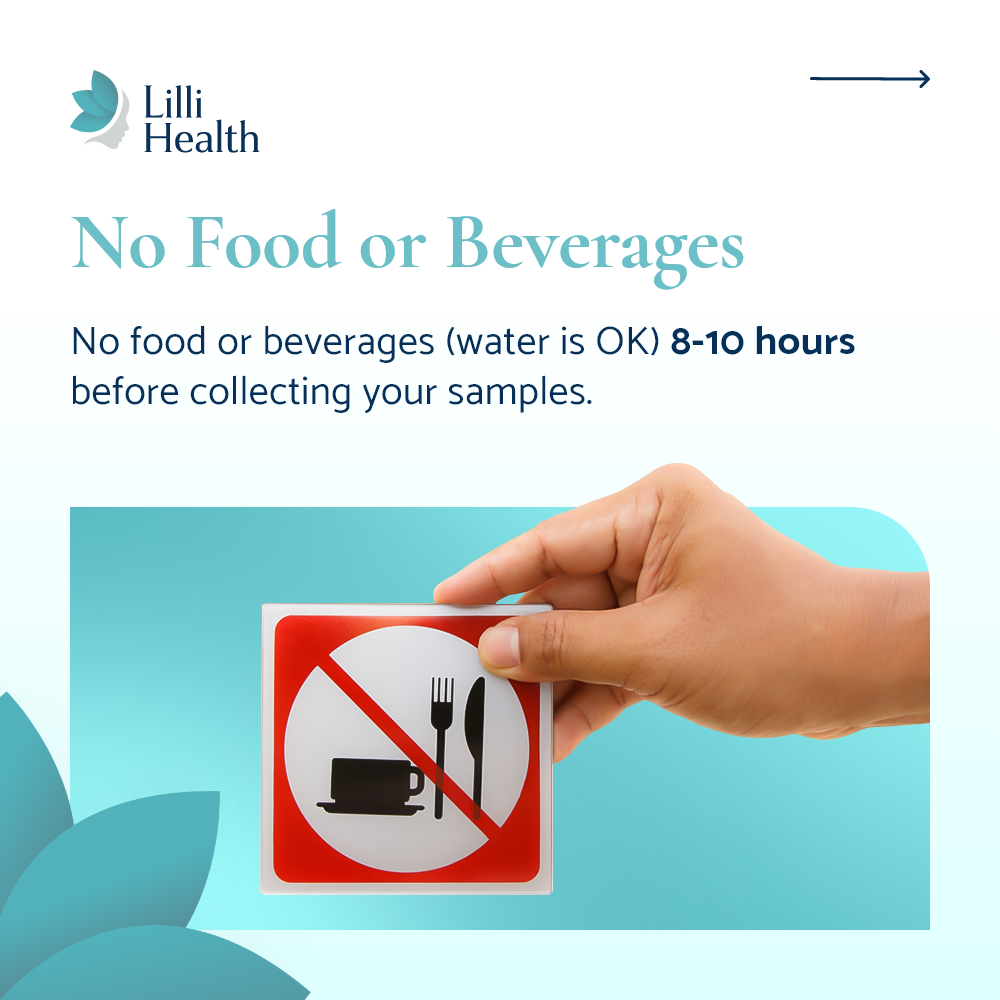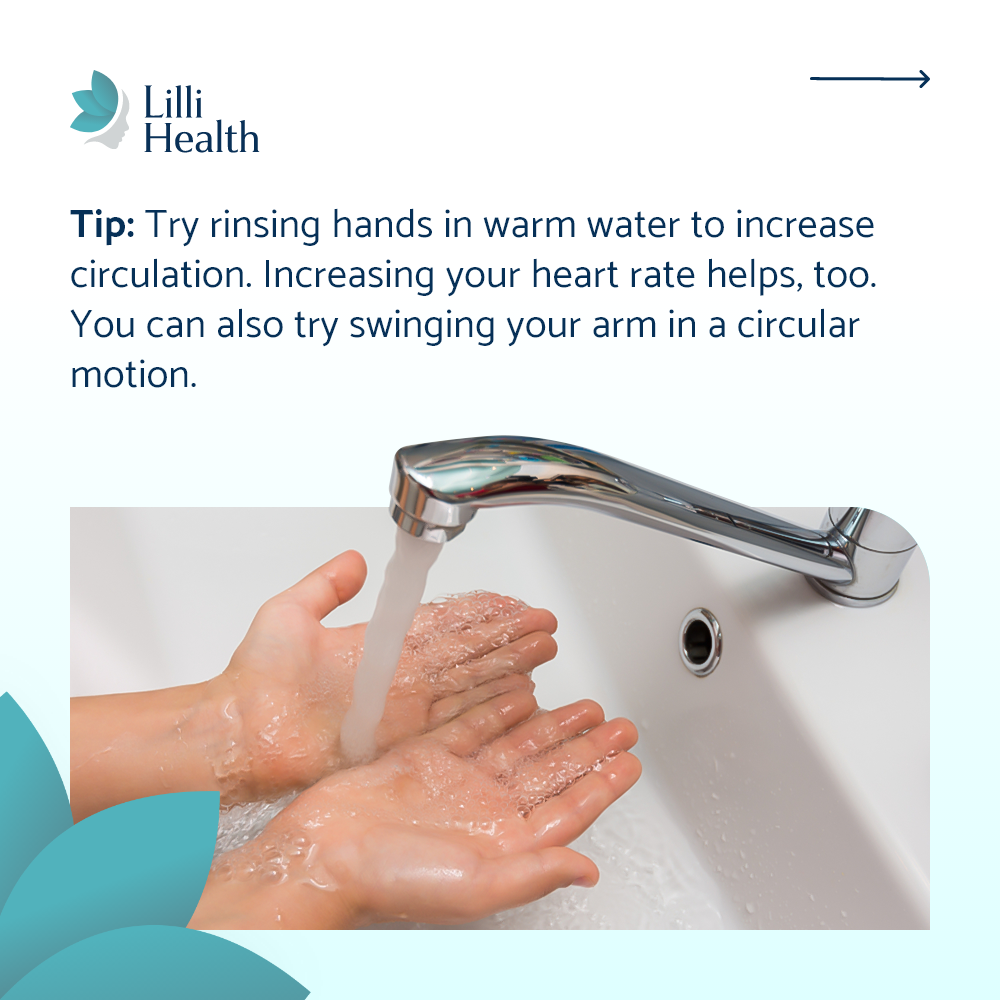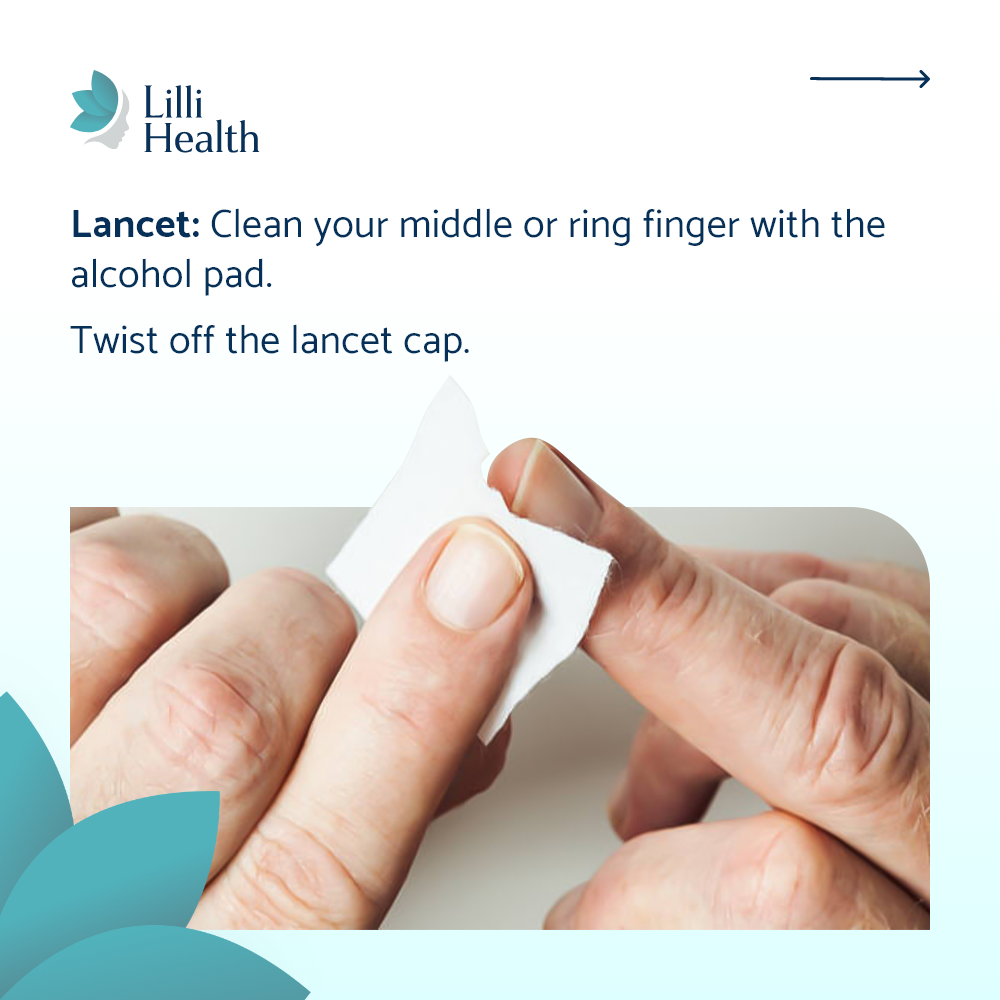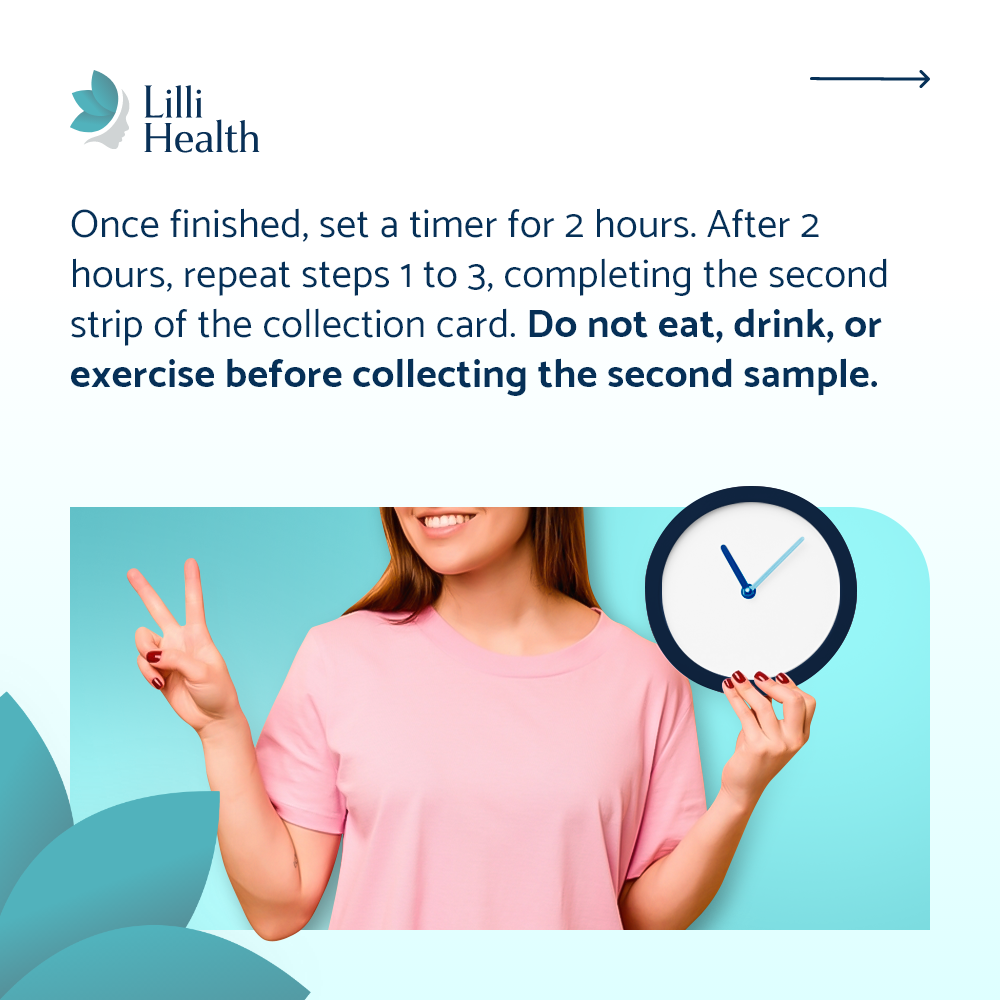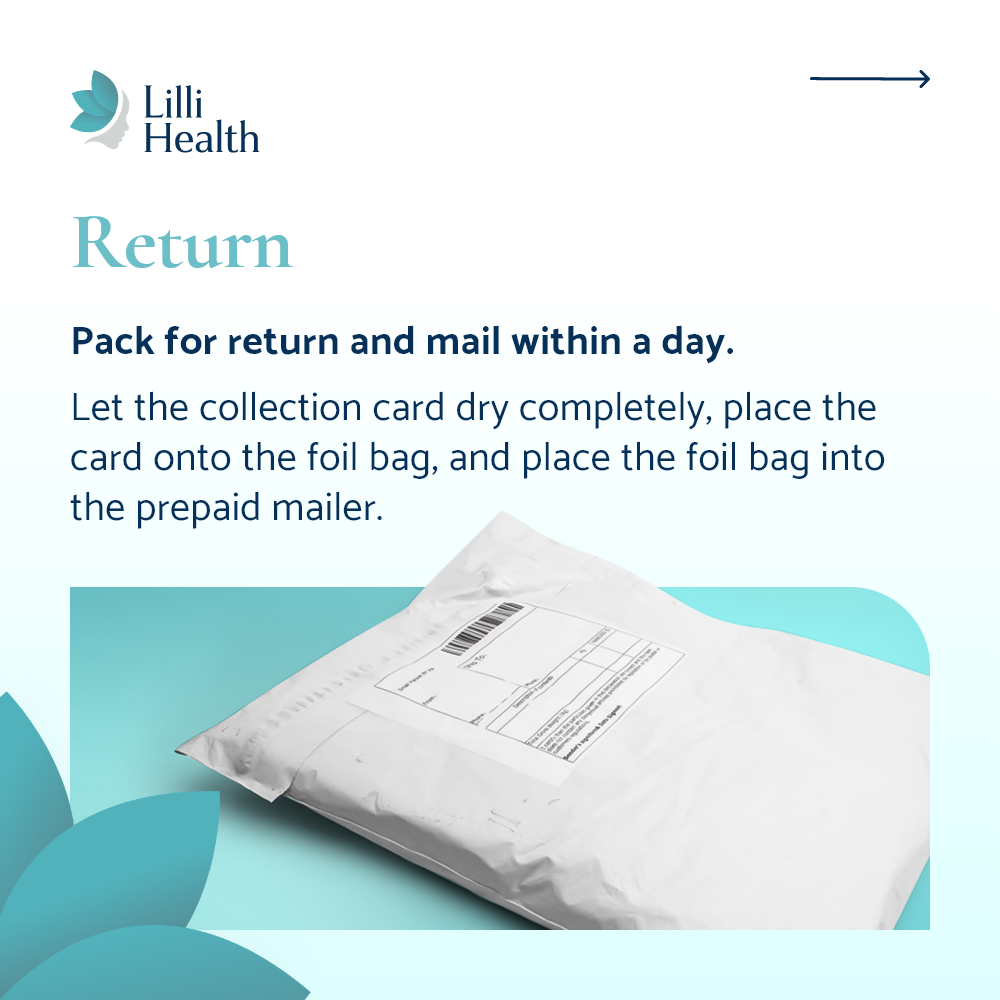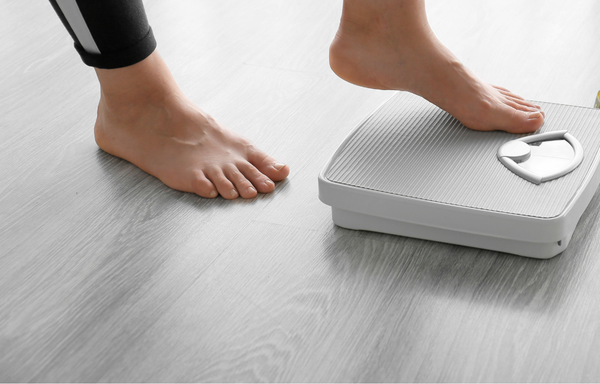

Weight Loss Plateaus Happen—Even on a Low Insulin Lifestyle
You’re following a Low Insulin Lifestyle, you’ve seen progress, and then suddenly… nothing. The scale doesn’t budge, your clothes fit the same, and frustration starts creeping in. Does this mean you need to exercise more, eat less, or completely change what you’re doing? No.
Plateaus happen to everyone. They are a normal part of weight loss, and they don’t mean you’re doing something wrong. The worst thing you can do is panic and start making drastic changes.
I’ve been through it myself—many times. My journey from 167 to 125 pounds at 5’4 didn’t happen overnight, and it certainly didn’t happen at a steady pace. There were long stretches where my weight didn’t move at all. I held at 151 for months, then 143 for years. Then I stayed between 135-130 for another stretch before finally settling at 125-127, where I’ve remained steady.
And this wasn’t a straight-line journey—I also had two babies along the way. I gained about 23 pounds with each pregnancy and returned to my pre-pregnancy weight well within a year—not because of crazy willpower or excessive exercise. I ate all the time while breastfeeding, but because I was eating foods that kept insulin low, my body was able to pull fat from fat storage to make breastmilk. That’s exactly what nature intended with the extra fat we gain during pregnancy, but insulin needs to be low for that to happen effectively.
In the end, weight loss isn’t linear, and sometimes your body just needs time to adjust.
Why Do Weight Loss Plateaus Happen?
Even when you’re doing everything “right,” your body is always working to maintain balance. Here are the most common reasons why your progress may seem to stall:
1. You’re Now Eating at Maintenance
Even when you’re doing everything “right,” your body is always working to maintain balance. One common reason for a plateau is that as you lose weight, your body needs fewer calories to function than it did before. At some point, your intake naturally matches what your body burns, and weight stabilizes. That doesn’t mean you need to start tracking calories or restricting food—it just means your body has reached a new “set point” and may need time before it’s ready to drop more fat.
2. Your Fat Cells Are Holding Onto Water
Another reason could be water retention in fat cells. When you burn fat, your fat cells temporarily hold onto water before fully shrinking. This can cause the scale to stall for weeks even though your body is still changing. The more you stress about it, the higher your cortisol levels rise, and that can make your body hold onto even more water. If you’ve been consistent, trust that your body is still working and one day you’ll wake up a few pounds lighter.
3. Your Body Needs Time to Adjust
Your body also needs time to recalibrate with every drop in weight. Hormones, metabolism, and even hunger signals shift as you get smaller. It’s common to hit phases where your body resists further loss, not because it’s impossible to lose more, but because your system is adjusting to its new normal. Many people make the mistake of assuming their diet has “stopped working” when, in reality, they just need patience.
What Should You Do During a Plateau?
First, don’t panic. If you’ve hit a plateau, that means you’ve already seen success. Your body is just adjusting to the progress you’ve made.
Here’s what NOT to do:
❌ Don’t overhaul your diet. Major changes will only lead to frustration and inconsistency.
❌ Don’t start exercising excessively. More exercise won’t force weight loss—it will just make you hungrier.
❌ Don’t obsess over the scale. Progress isn’t always measured in numbers.
Instead, stay patient. Give it at least a month. If after that time, you still feel stuck (and don’t notice progress in how your clothes fit), then you can make small, targeted adjustments.
Simple Adjustments to Break a Plateau
If, after a month, you still aren’t seeing movement, here are the only areas to tweak:
- Eliminate protein powder. If you’re using protein powder regularly, try stopping it completely.
- If you’re not exercising, add in walking. Walking helps with insulin sensitivity and overall metabolic health without increasing hunger or cravings.
- Consder keeping fruit intake to 1-2 pieces a day. While fruit is insulin-friendly in moderation, some people find that lowering it slightly helps.
- Consider keeping nuts and seeds to 1-2oz per day. They’re nutrient-dense, but also very calorie-dense. A little goes a long way.
These small changes do not mean overhauling your lifestyle. They are just gentle tweaks to help your body start responding again.
The Bigger Picture: Enjoy the Process
Plateaus are frustrating, but they are part of the journey. You didn’t gain weight overnight, and you won’t lose it overnight either.
I’ve been exactly where you are—many times. Each phase of my weight loss journey took time. Each one required patience.

